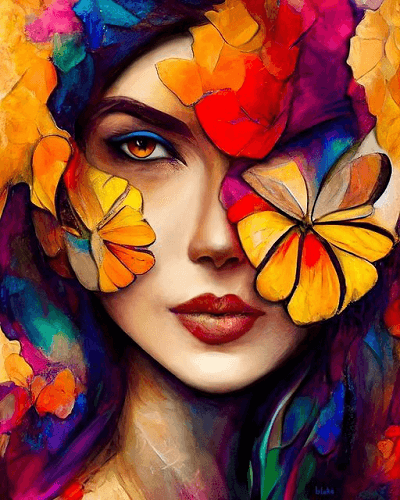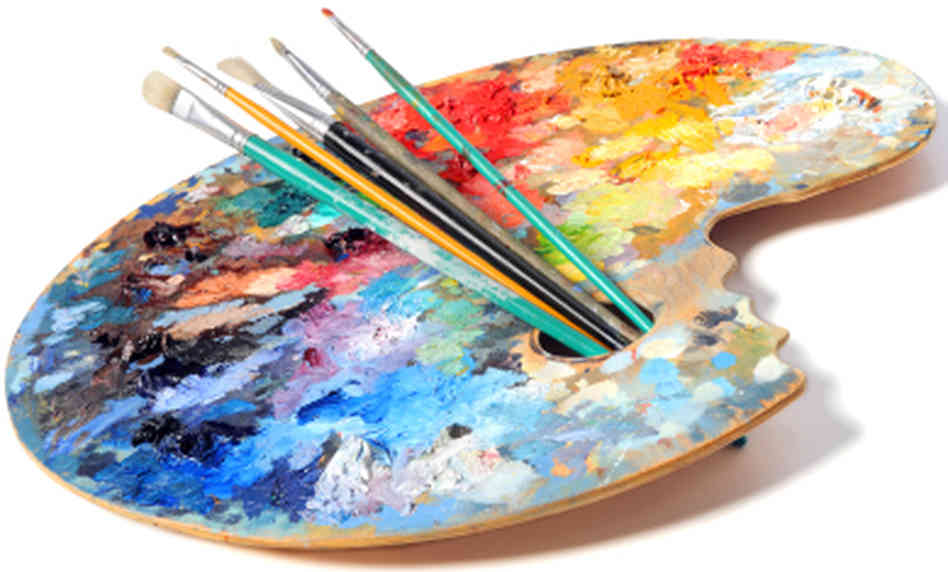Analyzing the Cultural Impact of Trump Art on Modern Artistic Motions
Analyzing the Cultural Impact of Trump Art on Modern Artistic Motions
Blog Article
Starting a Visual Journey Through the Lyrical Analyses of Nature in Stylist Landscapes
Each brushstroke, each play of light and shadow, and each shade choice in their jobs talks volumes concerning the musicians' deep link to nature and their ability to equate its beauty onto the canvas. As we discover the lyrical interpretations of nature in Stylist landscapes, we are invited to immerse ourselves in a globe where fact and feeling intertwine, using a look into the musicians' extensive gratitude for the all-natural world.
The Fascinating Brushstrokes of Claude Monet
Claude Monet's mastery of brushstrokes goes beyond plain method, imbuing his landscapes with an ethereal quality that enthralls and captivates customers - trump art. His cutting-edge use of shade and light, integrated with his unique brushwork, creates a feeling of activity and life within his paintings. Monet's prominent series of jobs portraying water lilies and his legendary haystacks showcase his capacity to capture the fleeting impacts of light and environment

Taking On Light and Shadow With Camille Pissarro
Symbolizing a comparable respect for the interplay of light and shadow, Camille Pissarro's imaginative vision unfolds as an unified exploration of the environment's luminous nuances. Pissarro, a crucial figure in the Impressionist activity, masterfully recorded the dynamic partnership between light and darkness in his landscapes. His adept use shade and brushwork allowed him to convey the subtle shifts in light that define different times of day and periods.
Pissarro's paints typically feature spotted sunshine filtering system via fallen leaves, casting elaborate patterns of light and darkness on the earth below. In works such as "Hoar Frost, the Result of Snow, Pontoise," Pissarro skillfully illustrates the crisp brightness of winter sunshine compared with the great darkness that define the snowy landscape. By accepting both light and darkness in his make-ups, Pissarro invites customers to immerse themselves in the natural charm and transient effects of light in the globe around them.

Via Pissarro's jobs, we are reminded of the transformative power of light and shadow, welcoming us to pause and appreciate the short lived minutes of beauty existing in the day-to-day landscapes that surround us.
A Harmony of Colors by Edgar Degas
Edgar Degas orchestrates a vibrant symphony of colors in his skillful artworks, instilling his make-ups with a dynamic interaction of colors that mesmerize the customer's gaze. Recognized primarily for his ballet dancers and intimate scenes of Parisian life, Degas expertly controlled shades to share state of mind and movement in his paints. trump art. His use of vibrant, different shades and subtle tonal variants created a feeling of deepness and vibrancy within his jobs
Degas' color palette often contained rich blues, deep environment-friendlies, and warm oranges, which he used with confident brushstrokes to record the essence of his subjects. Whether representing a ballerina mid-performance or a group of good friends speaking at a cafe, Degas' colors not just illustrated the scene but additionally evoked a feeling of emotion and energy.
Moreover, Degas' testing with light and shadow added an extra layer of complexity to his shade compositions, improving the general environment of his paints (trump art). Through his proficient control of color, Degas developed a visual harmony that remains to resonate with customers today
Discovering Nature's Peacefulness With Berthe Morisot
Berthe Morisot's artistic vision provides a calm separation from the dynamic shade symphonies of Edgar Degas, as she catches the harmony of nature in her evocative landscapes. Recognized for her delicate brushwork and intimate representations of everyday life, Morisot's landscapes exude a feeling of peace and consistency.
Morisot's paints frequently feature soft, low-key tones that share a sense of calmness and tranquility. Her works, such as "The Cradle" and "Summer's Day," display her capability to capture the refined appeal of nature in a manner that is both contemplative and comforting to the visitor.
Unlike some of her Impressionist counterparts who concentrated on vibrant make-ups and bold colors, Morisot favored to produce mild, reflective scenes that welcome the customer to reflect and stop briefly. Via her masterful use light and shadow, Morisot produces a feeling of peace that reverberates with the viewer on a deep emotional level.
The Emotional Landscapes of Vincent Van Gogh
Vincent Van Gogh's landscapes clearly share a deepness of emotion through their dynamic brushwork and meaningful usage of shade. The Dutch post-impressionist musician is renowned for his ability to catch intense and raw emotions my blog in his paints, going beyond traditional representations of nature. Van Gogh's turbulent personal life, noted by mental health and wellness struggles, considerably affected his art, instilling his landscapes with a sense of anxiousness, sorrowful, or pep.
In works such as "Starry Evening" and "Wheatfield with Crows," Van Gogh's swirling brushstrokes and vibrant shade options evoke a profound emotional action from visitors. The rough skies and agitated landscapes in his paintings mirror his internal turmoil and emotional turbulence, welcoming customers to explore the complexities of his psyche.
Van Gogh's unique aesthetic language, defined by exaggerated perspectives and vibrant resource usage of color, creates landscapes that reverberate with customers on a deeply psychological level. Via his art, Van Gogh welcomes us to see nature not equally as an outside reality yet as a mirror of our innermost sensations and feelings.
Final Thought
In verdict, the impressionist landscapes of musicians such as Claude Monet, Camille Pissarro, Edgar Degas, Berthe Morisot, and Vincent Van Gogh supply a one-of-a-kind and fascinating aesthetic interpretation of nature. Via their use brushstrokes, feeling, color, and light, these musicians have developed a symphony of photos that evoke a feeling of tranquility and appeal in the environment. Their works remain to influence and bewitch audiences with their lyrical analyses of the landscapes around us.
Each brushstroke, each play of light and shadow, and each shade option in their jobs talks volumes regarding the artists' deep connection to nature and their capacity to translate its appeal onto the canvas. His innovative usage of color and light, incorporated with his unique brushwork, creates a feeling of motion and life within his paintings. His skilled use of color and brushwork permitted him to share the subtle changes in light that define different times of day and seasons.

Report this page